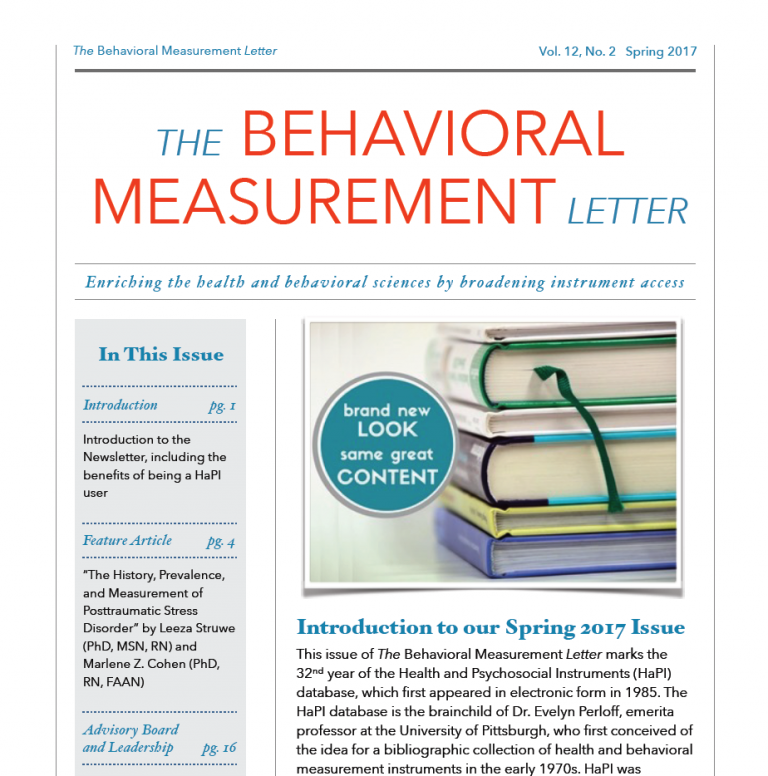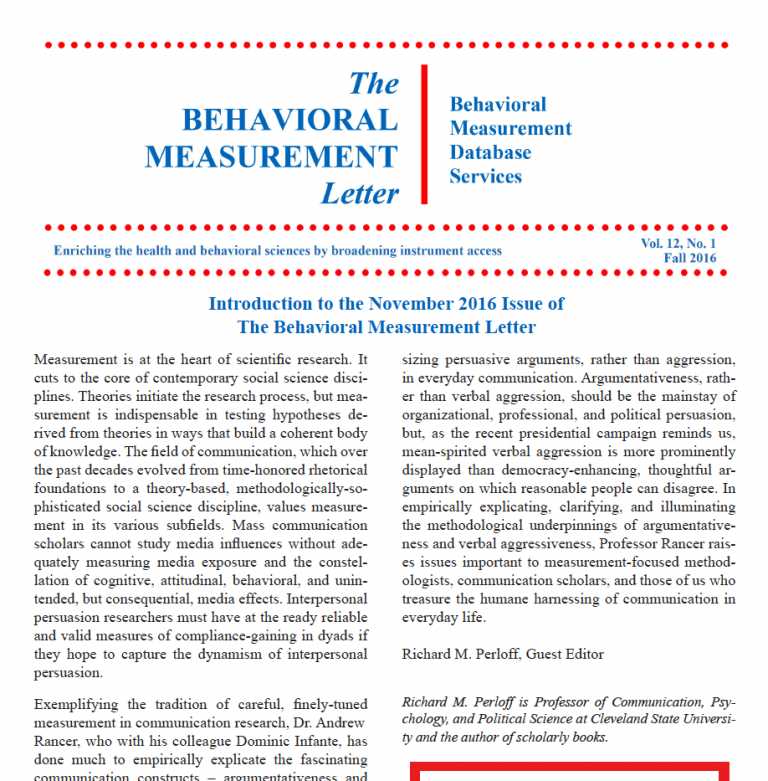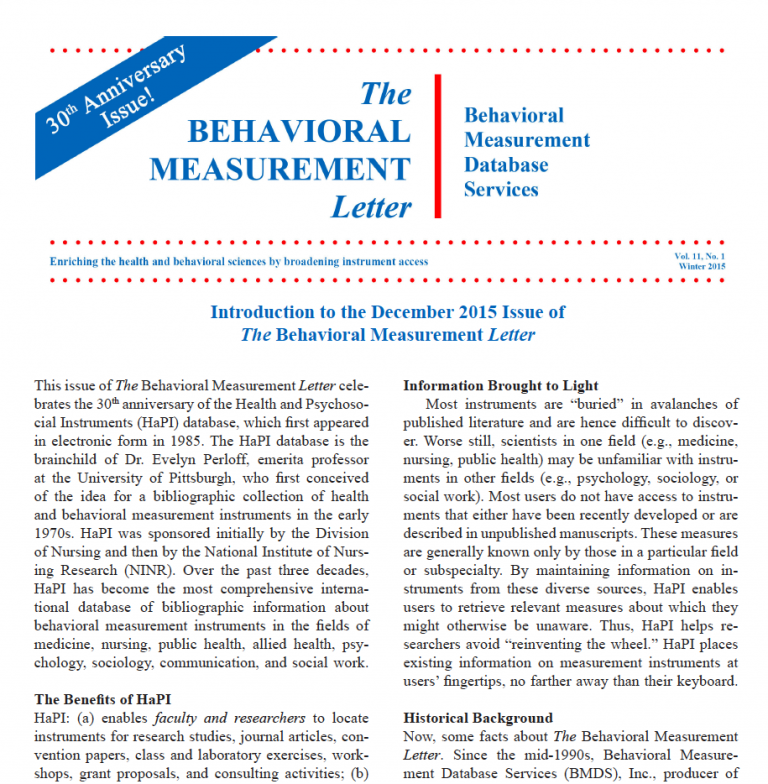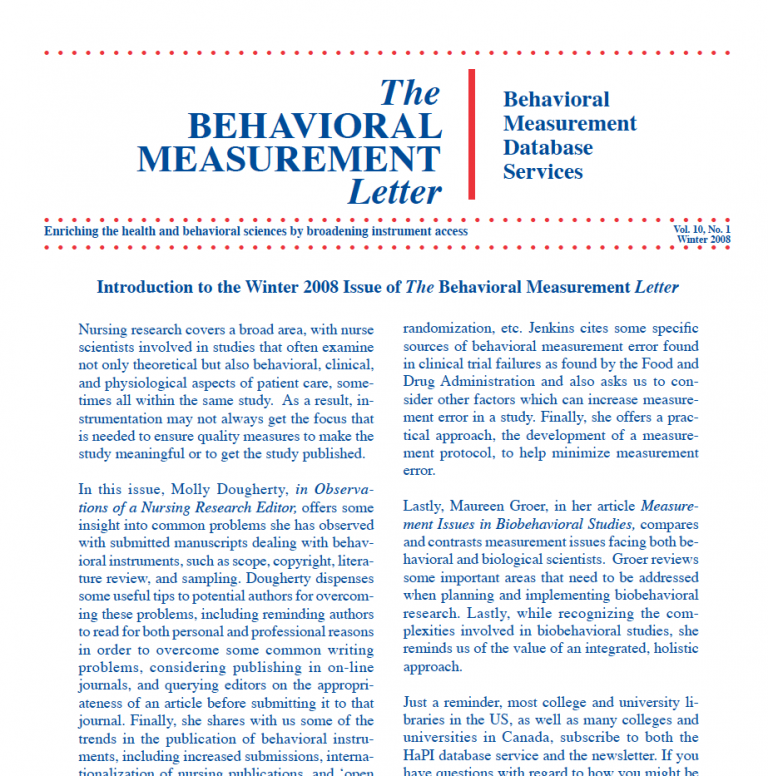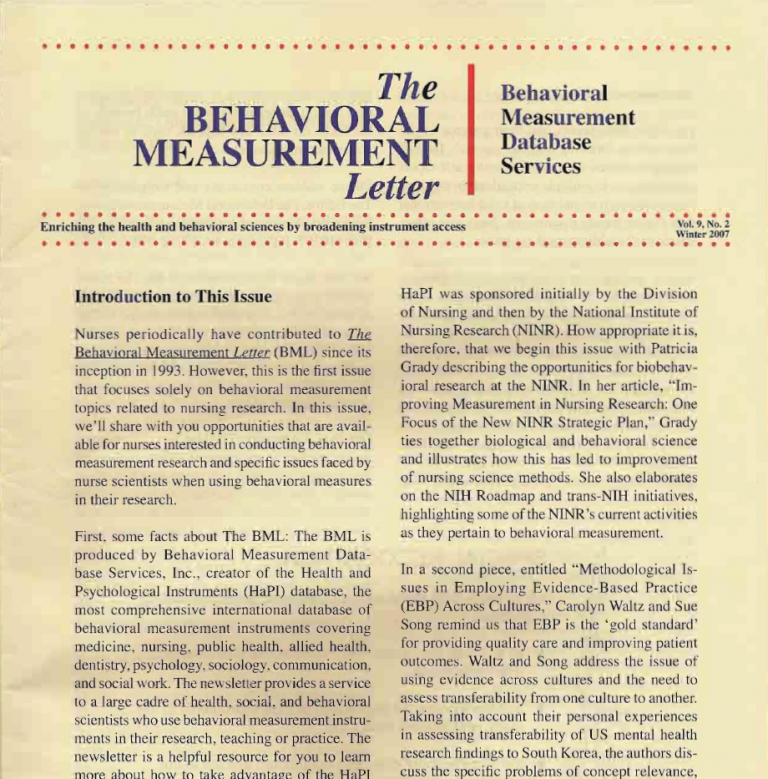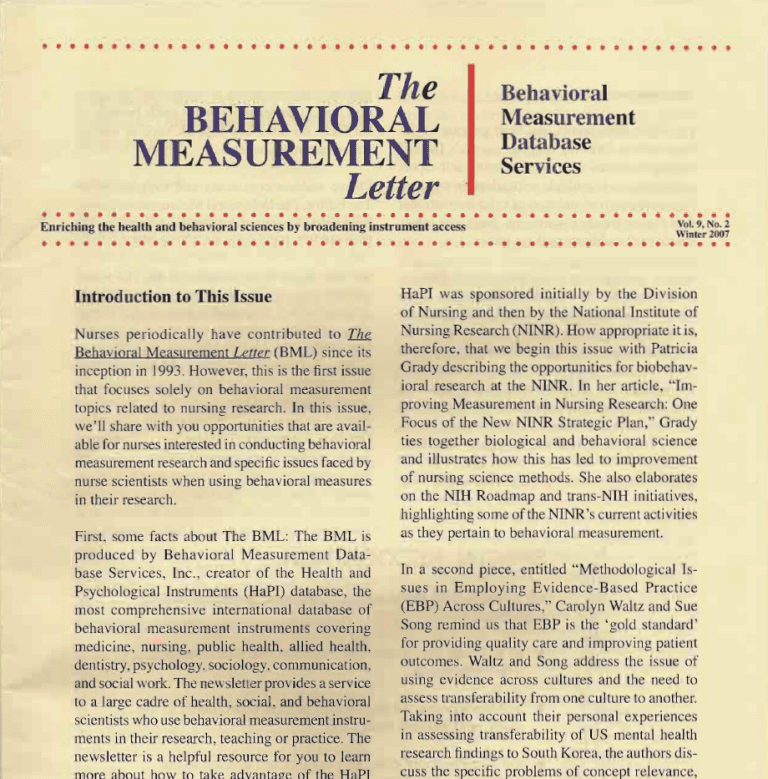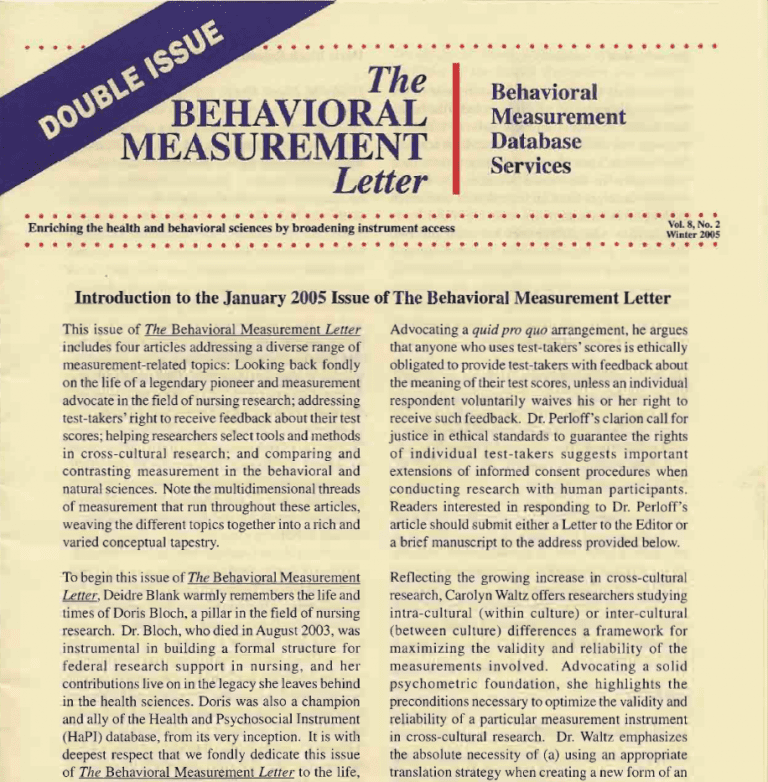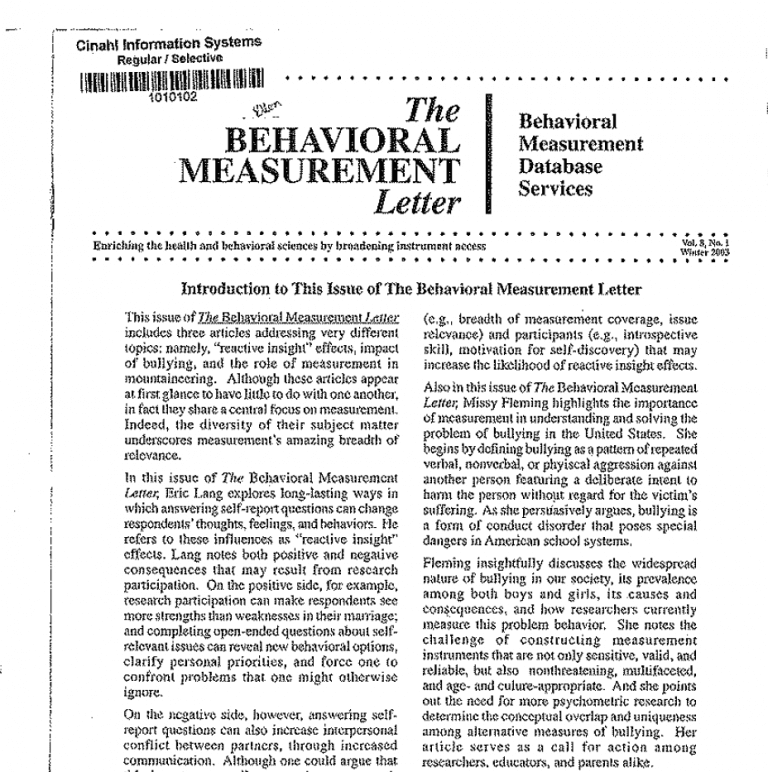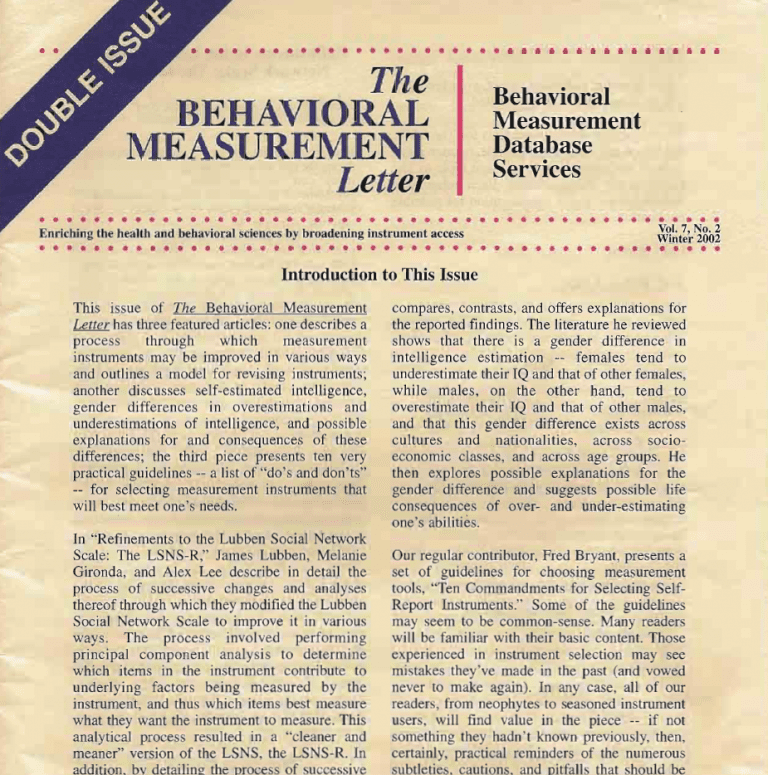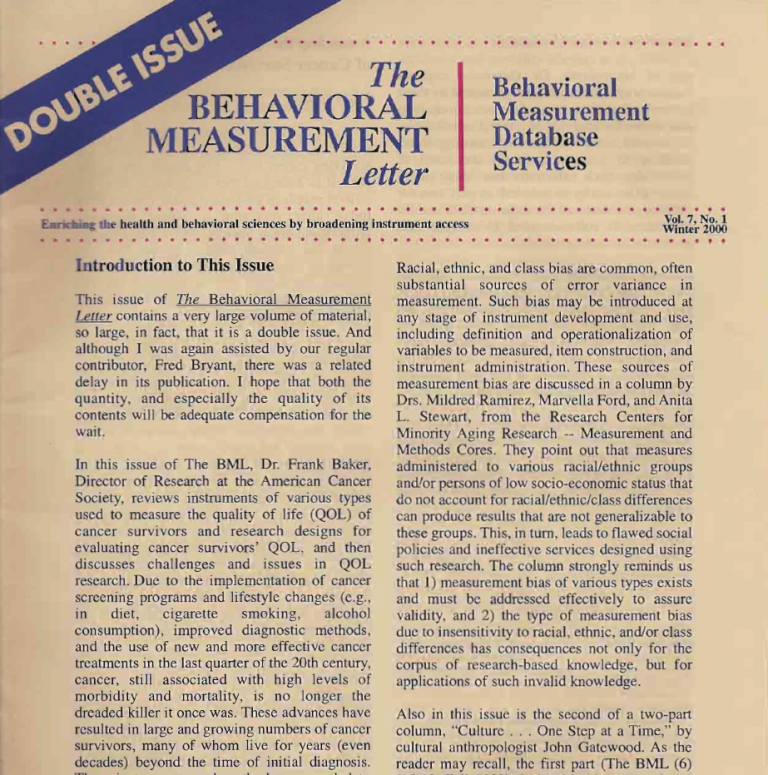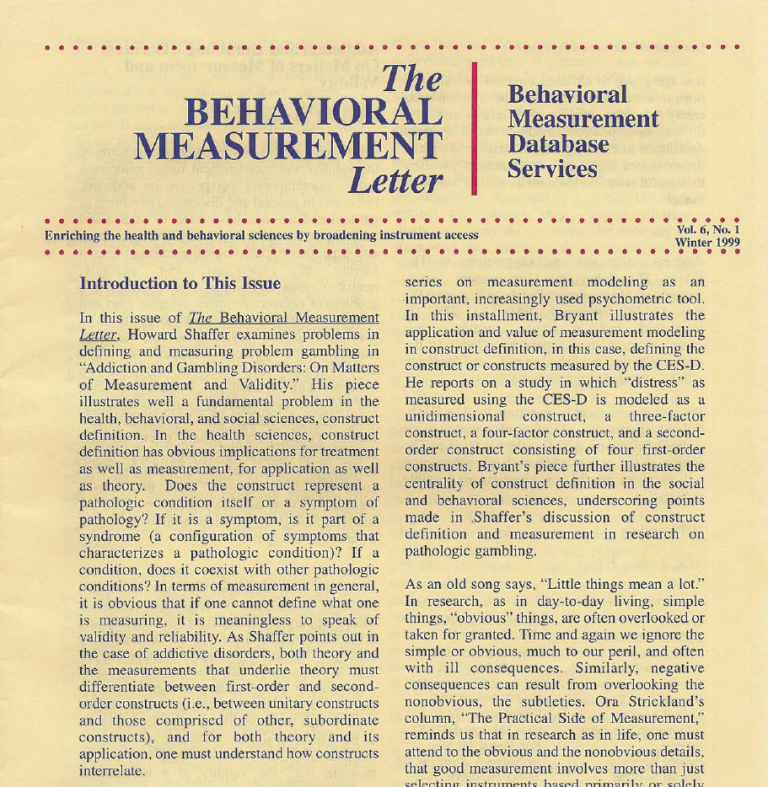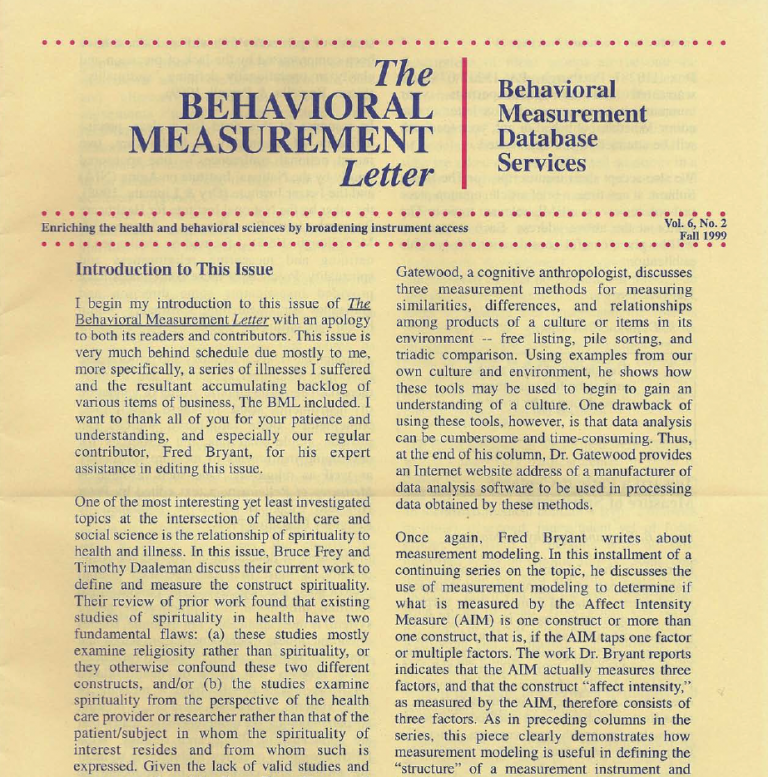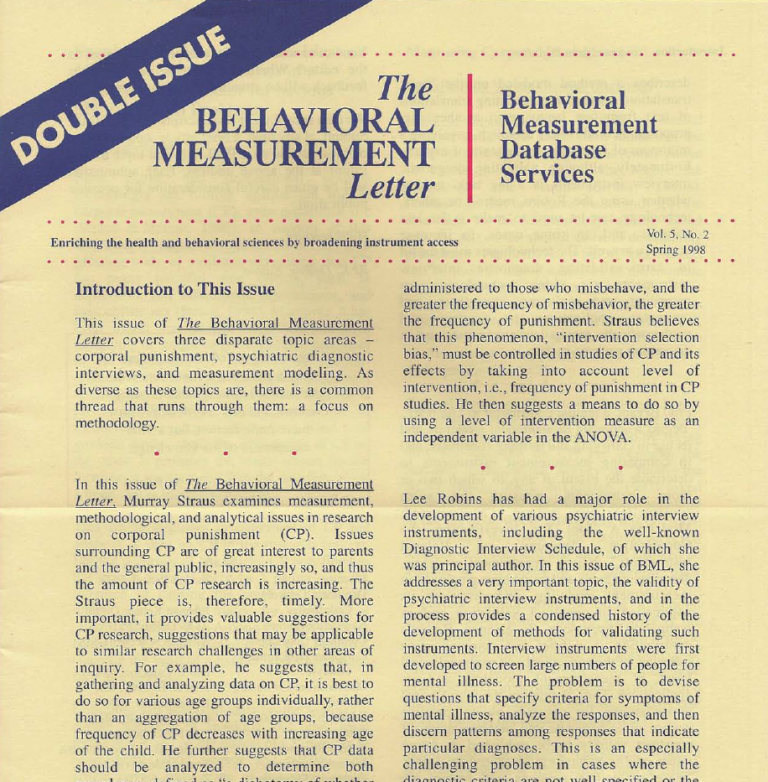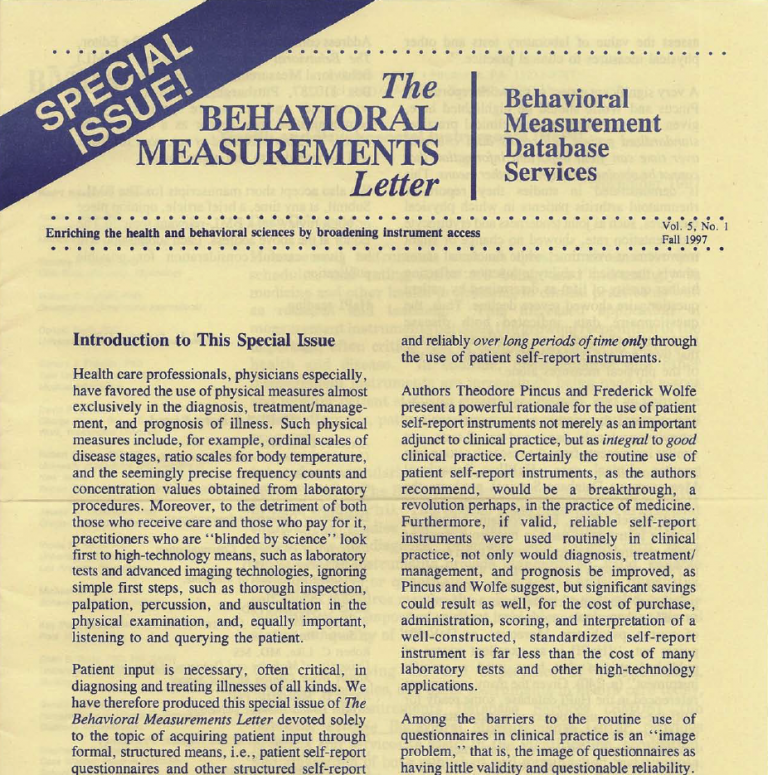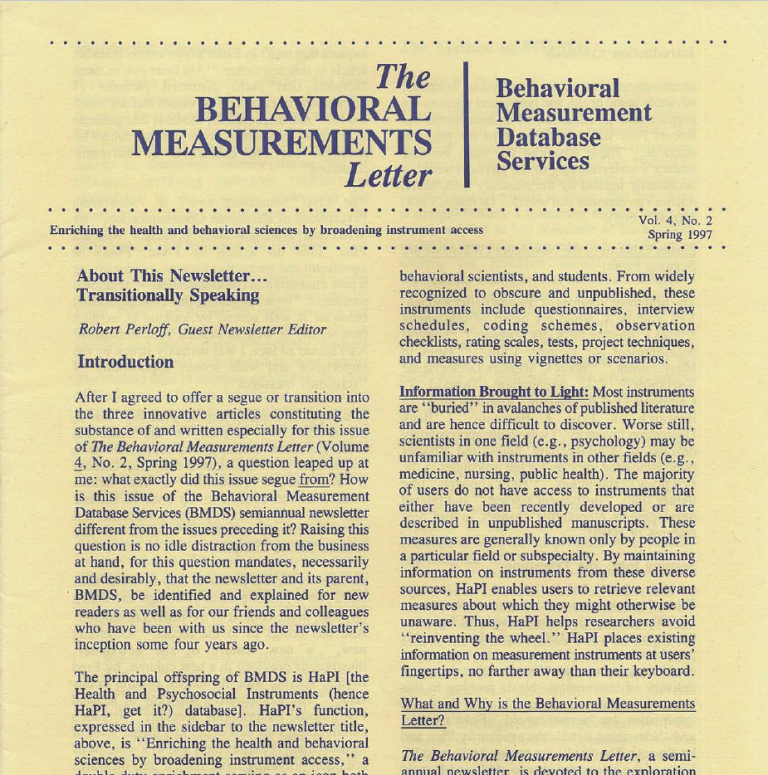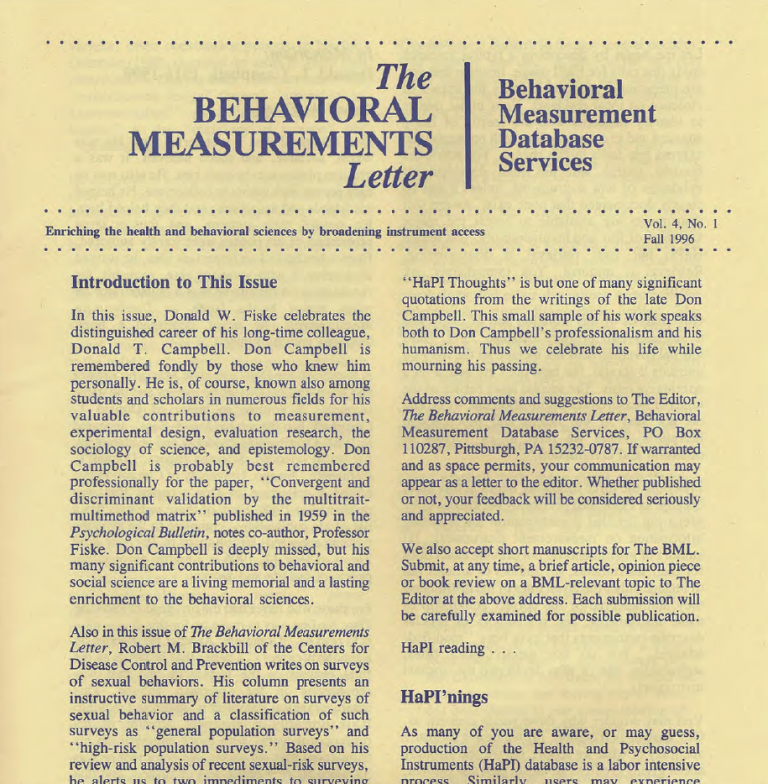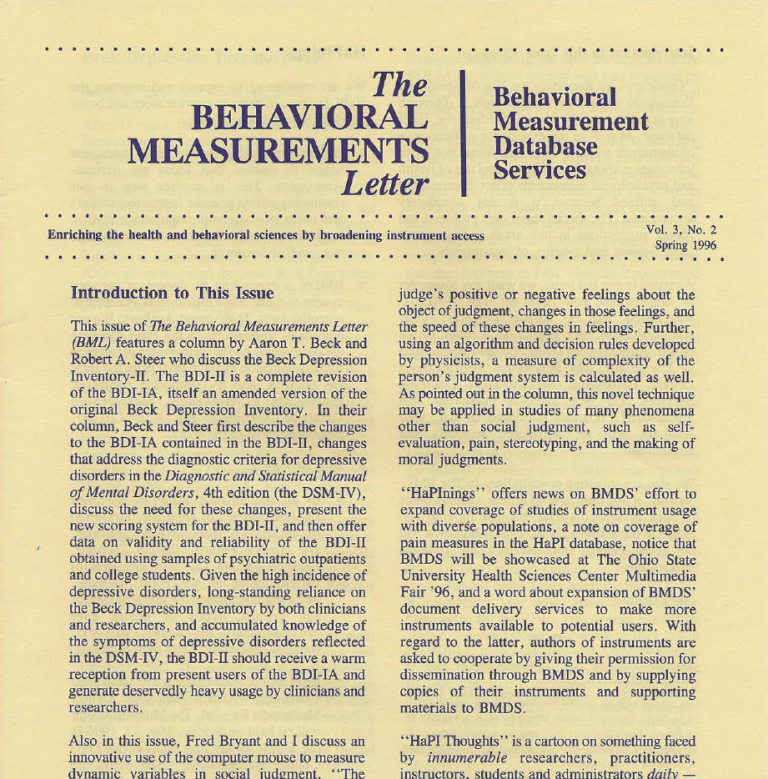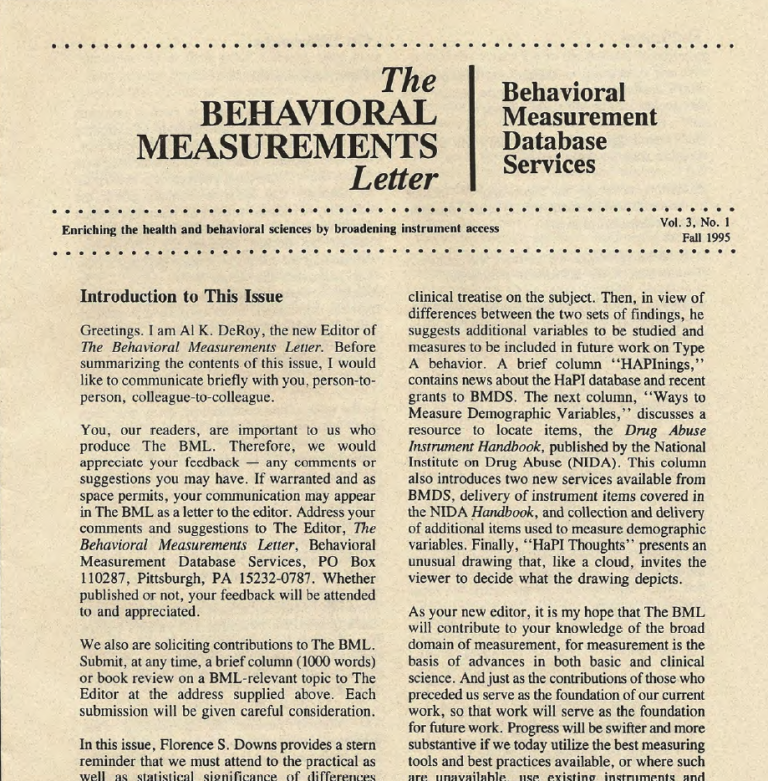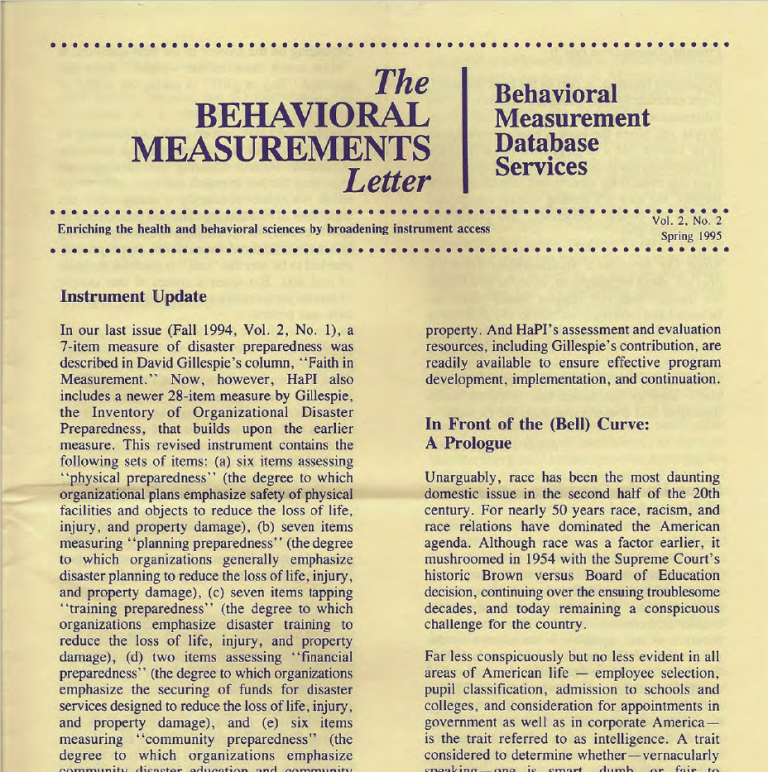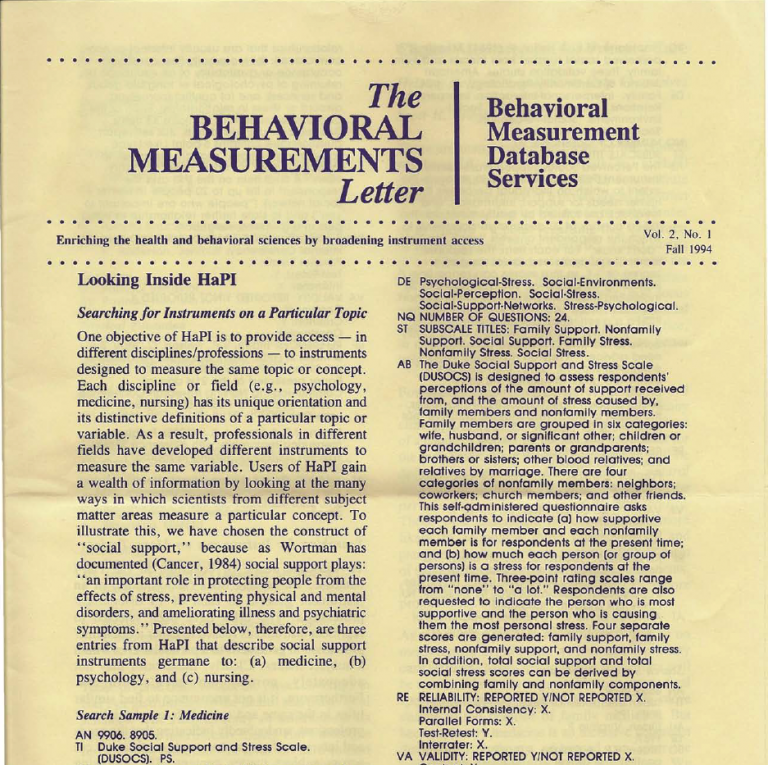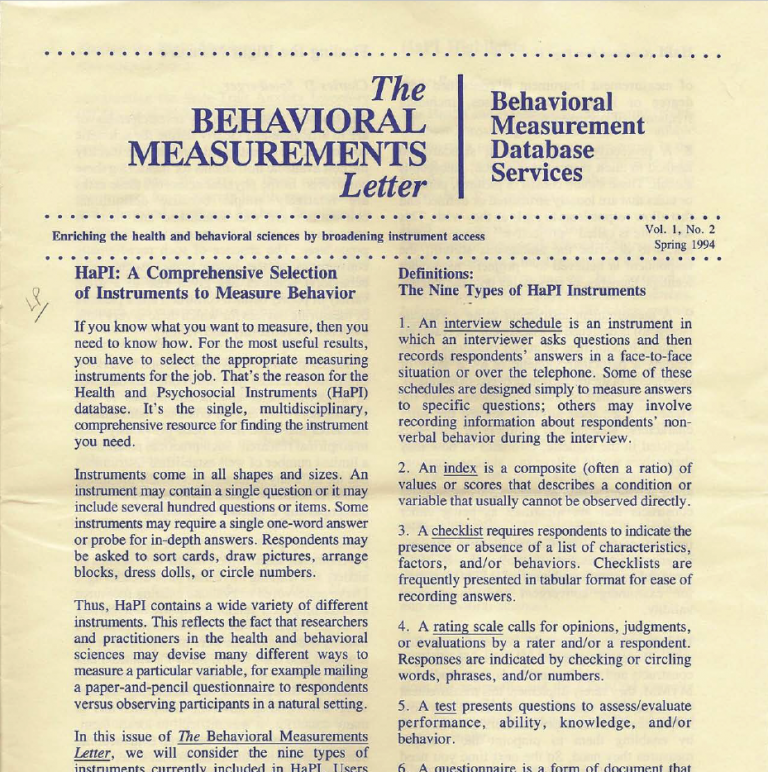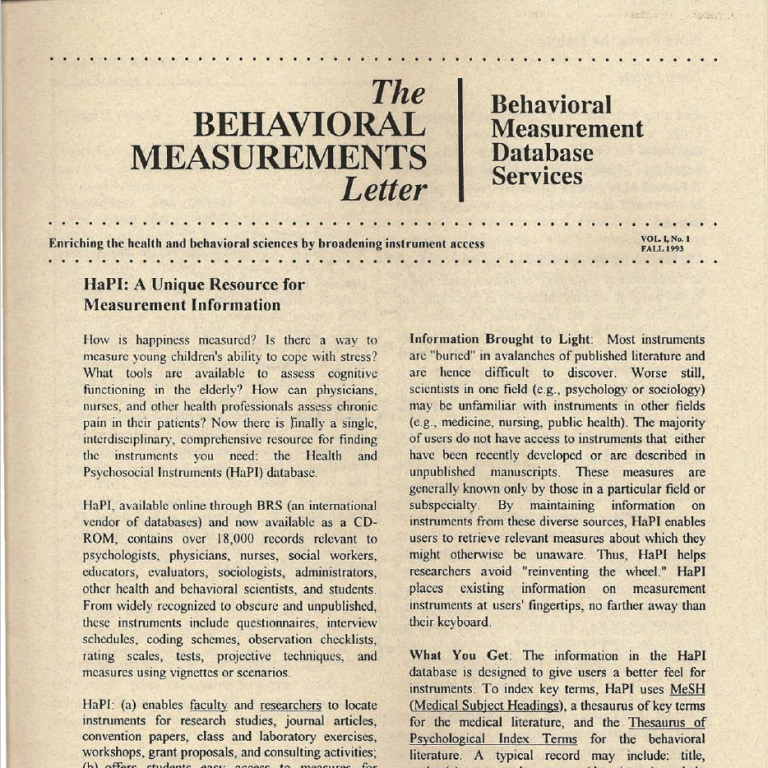Vol. 3, No. 1: Fall 1995
Fred B. Bryant
Over the past two decades, much research has focused on Type A behavior (TAB) – a hard driving, competitive, and hostile response to perceived threat to personal control that is associated with increased risk for coronary heart disease. Medical observers have argued (Friedman & Ulmer, Treating Type A Behavior and Your Heart, 1984) that the most pervasive and dysfunctional deficit of TAB is a disconnecting of oneself from one’s past. That is, Type As are either unable or unwilling to reminisce about the past, thereby depriving themselves of pleasure and a sense of personal growth.
Assessing the validity of these clinical observations, my colleagues and I (Bryant, Yarnold, & Morgan, Journal of Research in Personality, 1991, 25, 410-433) found that Type As, relative to Type As, were less likely to report that they consciously look back on positive events in order to store details for later recall, and more likely to report that they typically reminisce about past achievements. We also found, however, that Type As and Type As did not differ in their reported frequency, style, or consequences of recalling positive memories. Our findings suggest that Type As differ from Type As in the storage and content of their positive memories, but recall these memories in the same ways, and with the same frequency and consequences.
Discrepant findings among researchers are, of course, not surprising. What is relevant for The Behavioral Measurements Letter is that our study underscores how limitations in the measurement of reminiscence can explain the discrepant findings. First, TAB-related deficits in positive reminiscence may only surface when Type As are immersed in stressful circumstances; that is, Type As may indeed reminisce less often and with less benefit than Type Bs, but only when they are experiencing meaningful stressors that challenge their sense of personal control. This context specific view suggests that researchers should study naturally-occurring reminiscence m stressful, real-world settings.
Second, we asked subjects to reflect on their experiences and on how reminiscing makes them feel. However, these self-report meaures may well have produced a “passive state” orientation, as opposed to an “action” orientation in which one focuses on plans of action aimed at attaining a desired future goal. Measures of reminiscence that do not evoke a passive state orientation, such as “process tracing” paradigms for analyzing free-form verbal protocols, might show greater differences between Type As and Type Bs.
Third, the scope of our dependent measures was relatively narrow. For example, we asked open ended questions that required respondents to identify and report the presence of relevant emotions, behaviors, and cognitions, but provided little information about their intensity or strength. Thus, although As and Bs were equally likely to report experiencing positive affect as a consequence of reminiscing, we do not know whether the levels of their positive affect were equivalent. Clearly, a set of measures that incorporates an intensity/strength scale is needed to test Friedman and Ulmer’s clinical observations more thoroughly.
Fourth, we did not include measures of several reminiscence-related constructs on which As and Bs may differ. Specifically, we did not assess the typical duration of an episode of positive reminiscence, the value/utility that respondents place on positive reminiscence, or the degree to which respondents base their self-esteem on past versus future accomplishments. Therefore, future research should include measures of relevant psychological outcomes, such as happiness, life satisfaction, anxiety, and depression, that are presumed to vary as a function of positive reminiscence, and which, fortunately, can now be readily accessed through HaPI.
Finally, our study focused exclusively on positive reminiscence and ignored respondents’ recall of unpleasant memories. Some evidence, however, suggests that Type As spend more time reviewing negative, rather than positive, self-relevant information than do Type Bs. Perhaps Type As do not actively avoid recalling positive memories as much as they prefer to recall negative memories, which may actually enhance the subjective quality of the present through “contrast effects.” Indeed, it may well be the balance between the frequency of positive and negative reminiscence that distinguishes Type As and Type Bs.
As is true for most conceptual variables, there is no single, universally accepted, “gold standard” measure of reminiscence. Different measurement strategies may yield different results. Fortunately, researchers can now use HaPI to compare alternative measures more efficiently and effectively, to make more informed choices concerning measurement.
Fred B. Bryant is professor of psychology at Loyola University Chicago. He received his Ph.D. from Northwestern University and completed postdoctoral training in survey research at the University of Michigan’s Institute for Social Research. His current research interests include cognitive and behavioral processes in the self-regulation of emotions, automatic cognitions, and applications of structural equation modeling in the social sciences. His measurement interests include psychological well-being, emotional temperament, and Type A behavior.
Introduction to This Issue
Greetings. I am Al K. DeRoy, the new Editor of The Behavioral Measurements Letter. Before summarizing the contents of this issue, l would like to communicate briefly with you, person-to person, colleague-to-colleague.
You, our readers, are important to us who produce The BML. Therefore, we would appreciate your feedback – any comments or suggestions you may have. If warranted and as space permits, your communication may appear in The BML as a letter to the editor. Address your comments and suggestions to The Editor, The Behavioral Measurements Letter, Behavioral Measurement Database Services, PO Box 110287, Pittsburgh, PA 15232-0787. Whether published or not, your feedback will be attended to and appreciated.
We also are soliciting contributions to The BML. Submit, at any time, a brief column (1000 words) or book review on a BML-relevant topic to The Editor at the address supplied above. Each submission will be given careful consideration.
In this issue, Florence S. Downs provides a stem reminder that we must attend to the practical as well as statistical significance of differences between pre- and post- measures of outcomes. In so doing, she stresses the critical importance of instrument quality and the clinical assessment of differences in this time of increasing emphasis on cost containment, and in assessing differences, the importance of thoughtful consideration of what the data actually represent. Fred Bryant presents findings from a recent study of Type A behavior and contrasts them with findings published in a clinical treatise on the subject. Then, in view of differences between the two sets of findings, he suggests additional variables to be studied and measures to be included in future work on Type A behavior. A brief column “HAPinings,” contains news about the HaPI database and recent grants to BMDS. The next column, “Ways to Measure Demographic Variables,” discusses a resource to locate items, the Drug Abuse Instrument Handbook, published by the National Institute on Drug Abuse (NIDA). This column also introduces two new services available from BMDS, delivery of instrument items covered in the NIDA Handbook, and collection and delivery of additional items used to measure demographic variables. Finally, “HaPI Thoughts” presents an unusual drawing that, like a cloud, invites the viewer to decide what the drawing depicts.
As your new editor, it is my hope that The BML will contribute to your knowledge of the broad domain of measurement, for measurement is the basis of advances in both basic and clinical science. And just as the contributions of those who preceded us serve as the foundation of our current work, so that work will serve as the foundation for future work. Progress will be swifter and more substantive if we today utilize the best measuring tools and best practices available, or where such are unavailable, use existing instruments and practices in fashioning new ones. That is the idea underlying the Health and Psychosocial Instruments database, to provide means for us to avoid ” reinventing the wheel” and to accelerate the progress of science while improving its products.
HaPI reading . . .
HaPinings
We are continuing to expand and improve the HaPI database in order to provide greater and better services to our users. Thus:
- With our December update, HaPI will contain more than 34,000 records.
- HaPI’s coverage is expanding to include more medical journals, public health journals, and education journals.
- In selected records the abstract will include a statement of the instrument’s purpose.
- HaPI is adding commercially available instruments from test publishers. Records include the current citation and a citation to the most recent edition.
We believe that these latest improvements will make for HaPIer users.
BMDS is under contract with the National Library of Medicine (NLM) to develop a database of instruments relevant to health services research.
BMDS is also a subcontractor on a National Cancer Institute grant to evaluate a speech device for rehabilitating laryngectomy patients. The subcontract is to identify instruments to measure the quality of life of laryngectomy patients before and after introduction of an artificial voice production system.
“Have you learned lessons only of those who admired you, and were tender with you, and stood aside for you?
Have you not learned great lessons from those who braced themselves against you, and disputed the passage with you?”
– Walt Whitman
Read additional articles from this newsletter:
Statistical Significance of Differences Between Measures of Outcome
Ways to Measure Demographic Variables
3-1-fall-1995

